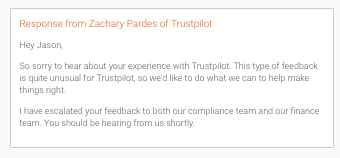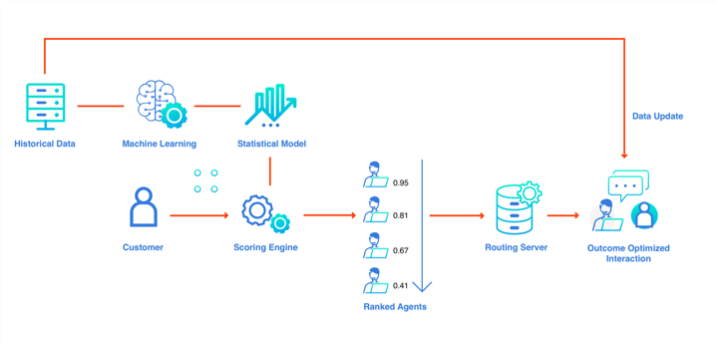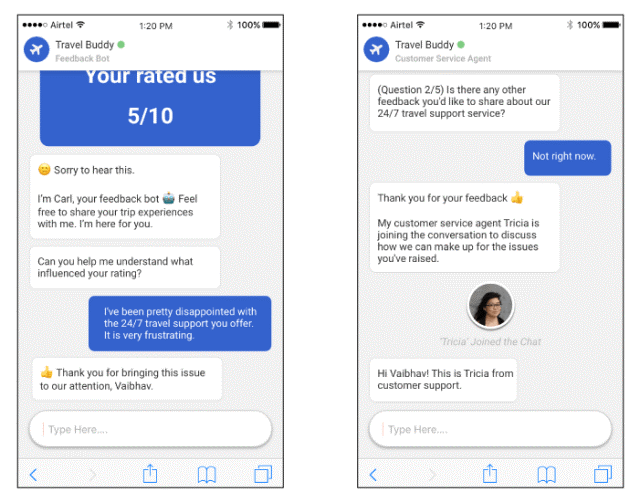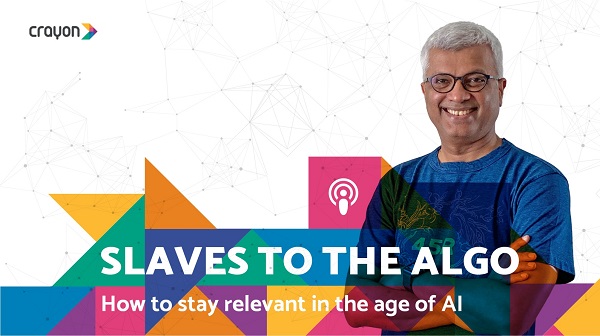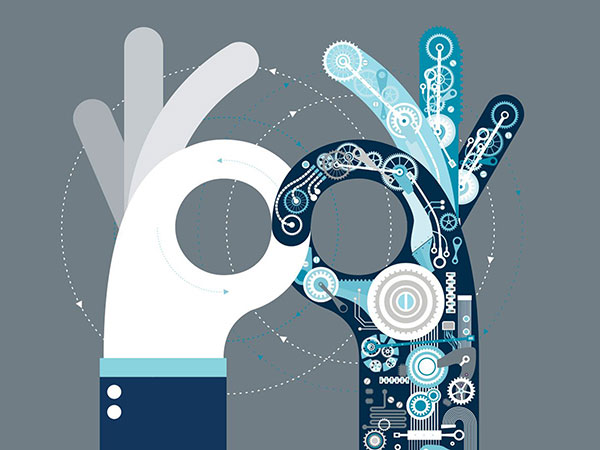The customer experience is often at the forefront of many business decisions. Obviously, the more pleasant the encounter a customer has with a company, the more likely they will be to buy from them again and recommend it to their friends.
But what about when a problem arises?
The customer service department can make or break the CX, and unfortunately many times it does more harm than good. One-third of your customers will switch to a competitor after a single negative interaction with your customer service department.
Obviously, ensuring that your support team is able to offer the kind of assistance and experiences that your customers expect is important, but it is not without great challenge. There is often so much on the customer service department’s plate that they are simply not able to get everything done in the short time windows that are expected from customers.
Here’s where AI can step in to fix the biggest challenges that customer service teams commonly face and improve the CX.
Organize feedback for faster problem resolution
Dealing with customer reviews (particularly negative ones) is often a task that falls into the hands of the customer service team. However, keeping track of feedback from multiple review sites and addressing complaints can be an overwhelming task. Furthermore, extracting concrete customer sentiment data from all of these reviews requires hours of research.
Machine learning can be used here for customer feedback analysis that provides truly concrete data gleaned from natural language processing (NLP). By using this technology, AI programs can sort through customer reviews directly from third-party sites for a clear picture of the overall sentiment towards your brand.
Another way this tactic is helpful is for determining which reviews deserve immediate retention along with potential solutions for resolution. For instance, when Trustpilot received a low review from a frustrated customer, AI was able to instantly flag this comment and offer the support team suggestions for how to address the problem. A representative soon issued a public response and ensured that the compliance team would be reaching out to the customer shortly.

Letting issues like this fester can destroy your brand’s reputation; rapid response is the best approach. By using machine learning to handle review monitoring, your customer service department will not only know the moment they need to step in but also what the next step should be.
Personalized and timely e-mail follow-ups
Customer service teams are often inundated with loads of emails. Which is why many teams have resorted to using an automated response system. While this is certainly a time saver and offers customers quick replies, simply using a generic automated system is typically only good for basic responses. It certainly doesn’t make a customer feel special, nor can it be of much use for unique situations.
AI can help to combine the convenience of instant communication with personalization based on customer data. Even little details can make a big difference when it comes to dealing with an issue, such as using a person’s name, thanking them for their loyalty to the brand, or offering a personalized recommendation during the encounter.
The KLM Royal Dutch Airlines customer service department uses an AI-assisted tool to handle over 50% of their customer interactions automatically – without losing the personal touch. Through NLP, the program is able to delegate inquiries based on the priority, type, details, and overall sentiment. An answer is then generated by their program for a timely response that is directly related to that customer’s situation. Or, the message is relayed on to a human representative for further investigation.
Know what customers need before they ask
AI has the unique power to act almost like a mind reader – thanks to predictive technology. This can be extremely helpful as a support tool by offering help or suggestions before a customer becomes frustrated, something that the human customer service department could never do on their own.
For instance, if a customer is entering multiple search queries, it may be helpful for an AI-assisted conversational chatbot to pop up with a suggestion of a product or article that matches up to their searches or provides an answer to their question. This can help to resolve customer service issues before they even arise, cut down cart abandonment rates, and improve the CX.
The Atos Turkey bank uses predictive routing from their AI system to combine past and real-time behavioral data to identify factors that influence a customer’s actions. These algorithms alert the customer service department when they need to step in before the customer reaches out, and it also matches up the customer to the best agent for their specific situation based on machine learning data. This led to a problem resolution success rate of 99% of the call center’s outbound phone calls and a 10% boost in their agent’s productivity levels.
Offer more self-help service
People don’t particularly like reaching out to customer service, especially if there’s a delay or long wait time on the phone. Self-help options are preferred, but often FAQ pages are very limited and don’t necessarily offer the best answers. Obviously, AI is a huge help in this regard via assistance chatbots.
AI can help customers help themselves with smarter and more relevant information and automated problem resolution. The key here, as always, is finding ways to make this personal and offering a pleasant experience for the customer. Integrating your brand’s “personality” into the chatbot is a great way to engage with them through this medium. Furthermore, make sure you are also constantly gathering feedback and suggestions for improvement from each interaction via a short customer survey at the end of an interaction.
Conclusion
A great support team can make all the difference in the success of your business due to their influence over the CX. Be sure that you are providing your department with all of the AI tools they need to address their biggest challenges and create an optimized experience for every single interaction.

